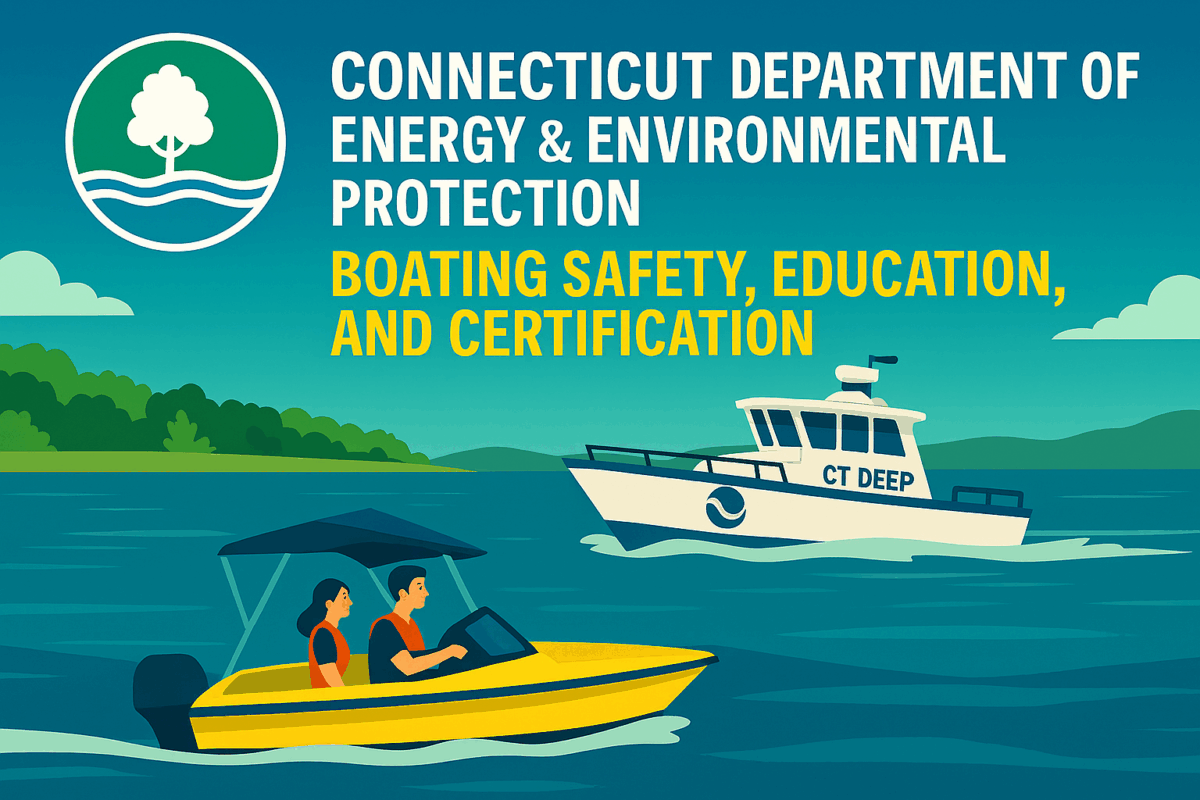Call: 1-800-832-7191

CT DEEP VHF Radio Basics
CT DEEP VHF Radio Basics: Essential Knowledge for Safe Boating
Understanding CT DEEP VHF Radio Basics helps boaters communicate clearly and respond quickly in emergencies. Because cell phones often fail offshore, marine radios remain the most reliable tool. These radios connect boaters to marinas, bridges, and the U.S. Coast Guard instantly.
Know the Key Channels
Channel 16 is the emergency and distress channel. Although it’s monitored by the Coast Guard, boaters must use it only for urgent communication. Channel 9 serves as the primary hailing channel in Connecticut waters. After contact, boaters should switch to a working channel like 68, 69, or 72. This practice keeps emergency channels clear and available.
How to Operate Your VHF Radio
Turn on the radio and adjust the squelch to eliminate static. Push the microphone button to transmit. Speak clearly and release the button to listen. Because etiquette matters, keep messages short and professional. Always identify your vessel and use “over” to signal the end of your transmission. Practicing these steps improves confidence and communication.
CT DEEP VHF Radio Basics: Safety and Etiquette
This guide emphasizes proper use and courtesy. Loud or unnecessary chatter disrupts important broadcasts. Therefore, boaters should limit conversations to essential topics. Channel 13 is reserved for bridge-to-bridge communication and low-power transmissions. Using the correct channel and power setting prevents interference and ensures safety.
Prepare Before You Depart
Charge your radio and test it before leaving shore. Because emergencies can happen anytime, readiness is crucial. Waterproof handheld radios offer flexibility and backup communication. In addition, program your radio with local channels and emergency contacts. Ultimately, combining preparation with proper use enhances safety and coordination on the water. Every boater should take time on and off the dock to make sure that they are preparing themselves and their boat. Sometimes a little homework can go a long way out on the water. We love the water, but it can be very unforgiving.
